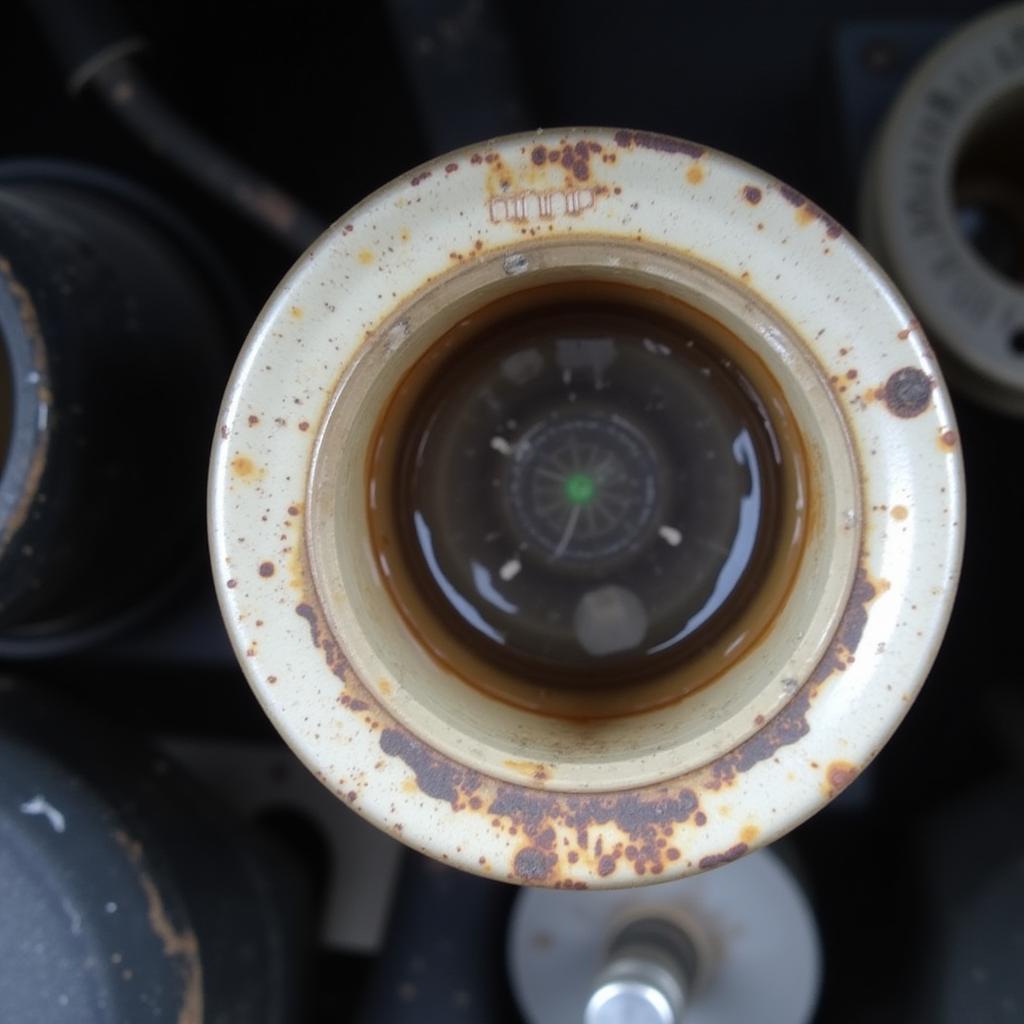A dead key fob battery can be a major inconvenience, leaving you stranded and unable to access your Lexus. Fortunately, replacing the battery is a quick and easy task that most people can do themselves. This comprehensive guide will walk you through the steps on how to replace the battery in your Lexus key fob, getting you back on the road in no time.
Why Do I Need to Replace My Lexus Key Fob Battery?
Like all batteries, Lexus key fob batteries have a limited lifespan. Over time, the battery’s power diminishes, eventually leading to a complete discharge. Here are a few signs indicating a dying key fob battery:
- Decreased signal range: You might need to stand closer to your Lexus for the key fob to work.
- Intermittent functionality: The key fob might work sometimes and not others.
- Warning messages: Your Lexus dashboard might display a “Key Fob Battery Low” warning.
Regular battery replacement ensures your Lexus key fob operates flawlessly, preventing unexpected lockouts.
What Kind of Battery Does a Lexus Key Fob Use?
Most Lexus key fobs utilize a small, circular CR2032 battery, commonly available at auto parts stores, electronics retailers, and online.
Expert Insight: “Always opt for high-quality, name-brand batteries for your Lexus key fob. While generic batteries might be cheaper, they tend to have shorter lifespans and can potentially leak, damaging your key fob’s internal components,” says John Miller, a certified automotive electrician with 15 years of experience.
How to Replace the Battery in a Lexus Key Fob: A Step-by-Step Guide
Before you begin, gather the following tools:
- A new CR2032 battery
- A small flat-head screwdriver
- Optional: A small tray or container (to prevent losing small parts)
Now, follow these simple steps:
- Locate the release button: Examine your Lexus key fob and find the small release button or notch. This button is usually located on the back or side of the fob.
- Open the key fob: Using the flat-head screwdriver, gently insert it into the release notch and pry open the key fob casing. Be careful not to apply excessive force, as this could damage the fob.
- Remove the old battery: Once the casing is open, you’ll see the old battery. Carefully remove it by gently prying it out with the screwdriver or your fingernail. Note the battery’s orientation (+/-), which will help you correctly install the new battery.
- Install the new battery: Insert the new CR2032 battery into the compartment, ensuring the positive (+) side faces up (matching the orientation of the old battery).
- Reassemble the key fob: Align the two halves of the key fob casing and press them firmly together until you hear a click, indicating it’s securely closed.
Testing the New Key Fob Battery
After replacing the battery, test the key fob by pressing the lock, unlock, and panic buttons. If the fob functions correctly, the battery replacement was successful.
Expert Tip: “If your Lexus key fob still doesn’t work after replacing the battery, there might be other issues, such as a faulty key fob receiver or programming problems. In such cases, it’s best to consult a qualified Lexus technician for diagnosis and repair,” advises Miller.
How Long Does a Lexus Key Fob Battery Last?
Typically, a Lexus key fob battery lasts between 3 to 5 years, depending on usage and environmental factors. However, it’s a good practice to replace the battery every 2 to 3 years to avoid unexpected issues.
Can I Replace the Battery in My Lexus Key Fob Myself?
Absolutely! As demonstrated in the guide above, replacing the battery in your Lexus key fob is a simple DIY task that requires minimal tools and time.
Conclusion
Knowing how to replace the battery in a Lexus key fob is an essential skill for any Lexus owner. By following the easy steps outlined in this guide, you can save yourself time, money, and the inconvenience of a non-functional key fob. Remember to always use high-quality batteries and consult a qualified technician if you encounter any issues during the replacement process.


